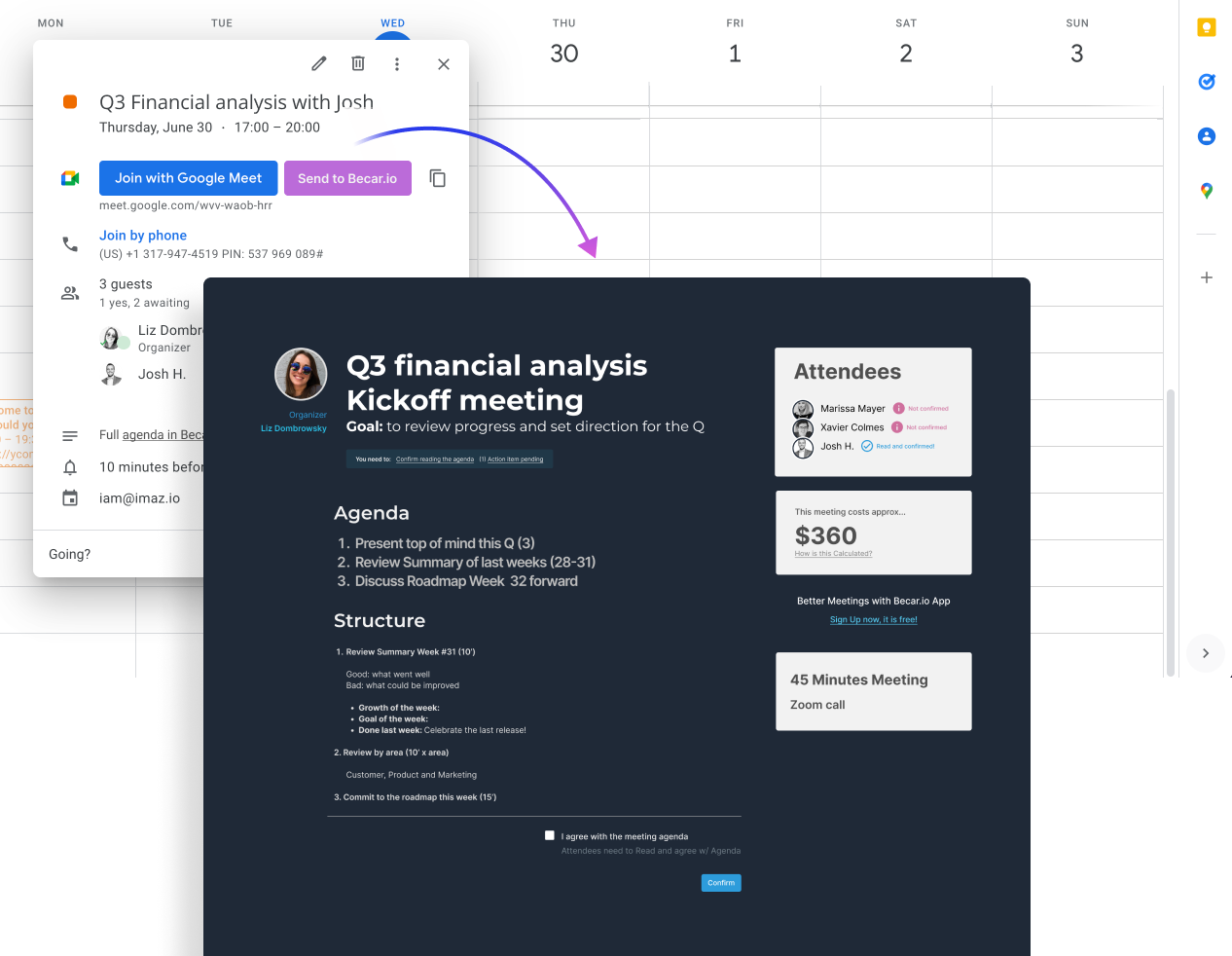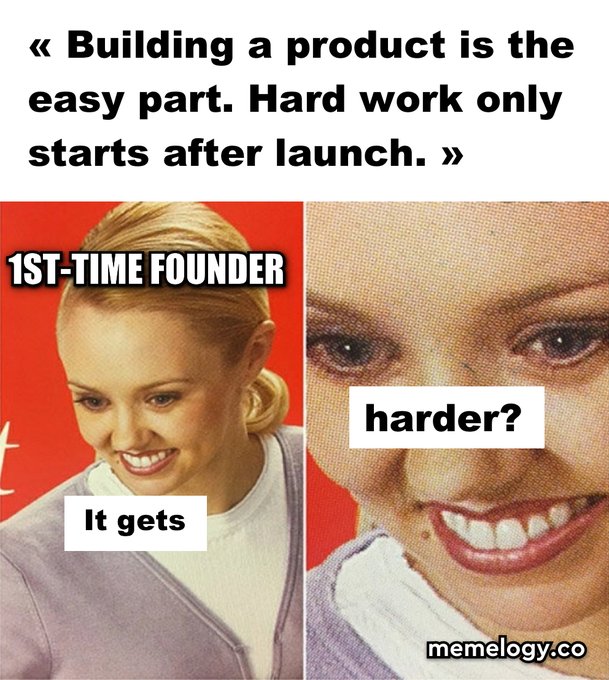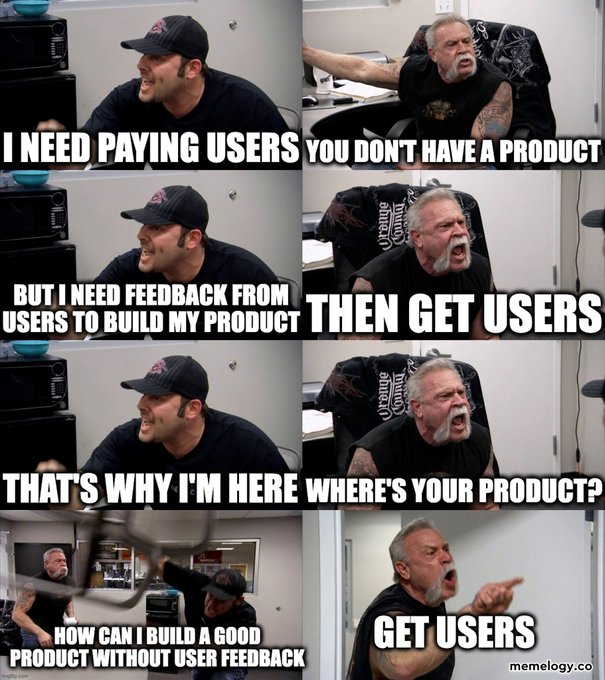? Announcement, I am launching Becar.io, Calendar Extension (meaning “intern” in Spanish). A better experience for people that have lots of meetings and are looking for ways to make their meetings harder to ignore, more impactful and effective. It allows users to add an interactive agenda for every meeting. Asking attendees to prepare, contribute and provide feedback. All without leaving your favourite Calendar.
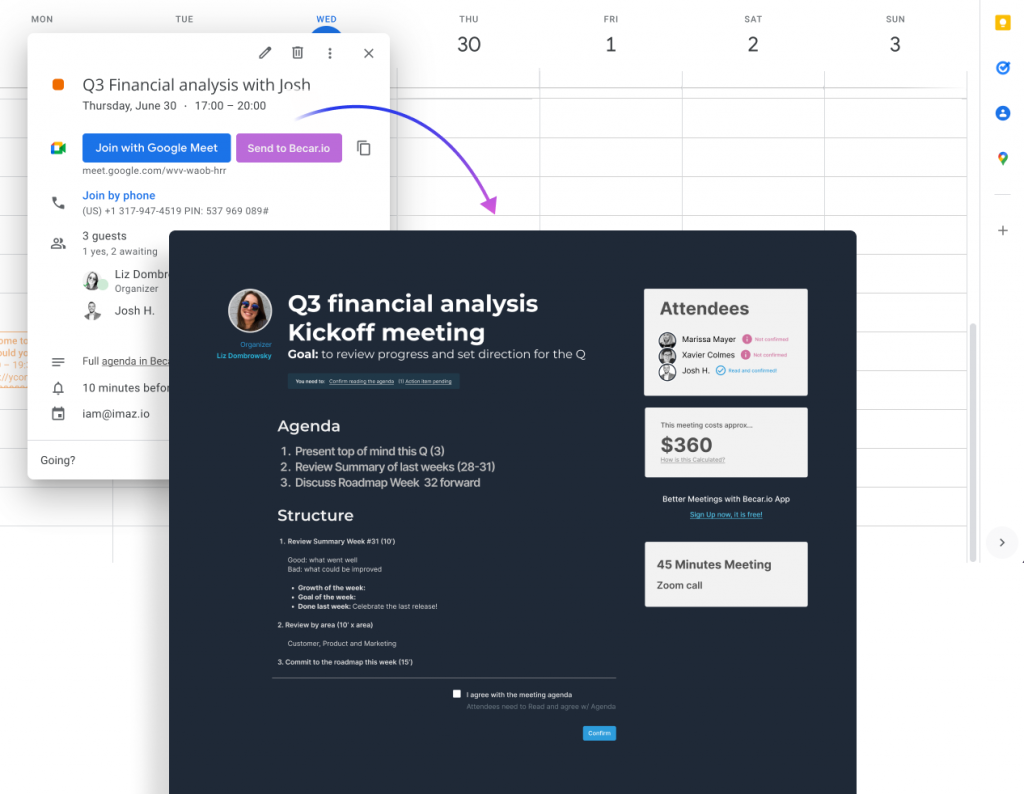
Why am I launching it?
I decided two months ago to make a personal commitment to develop solutions to a couple of problems that seem interesting. The first one? meetings. I do hate having unproductive meetings. My theory is that I am not the only one.
How bad is that as a problem?
The Harvard Business review returns a staggering number of 16K documents related to meetings. From why meetings go wrong, to how to design an agenda or how to run a meeting. I am fairly sure the problem is there.
Think about the last time you attend a poorly organized meeting. Have you ever had people attending meetings with no idea of what’s going on or any homework done? Tons of meetings that should never have taken place to start with. Thousands of wasted man-hours
The overall experience of having meetings is pretty much sub-optimal. There is a general assumption that some negative aspects are impossible to change, a form of learned helplessness. My bet is there are a few powerful opportunities in that problem space. At different stages, pre, during and post-meeting. Becar.io is the first iteration of a solution to the problem.
What it does do for you?
It reduces friction when organizing a meeting by making it easier structuring them with templates. You can ask attendees to do stuff and hold them accountable. Every meeting has a page where all attendees can see what is expected from them and who has done their homework before the meeting. All without leaving your Calendar, using a browser extension.
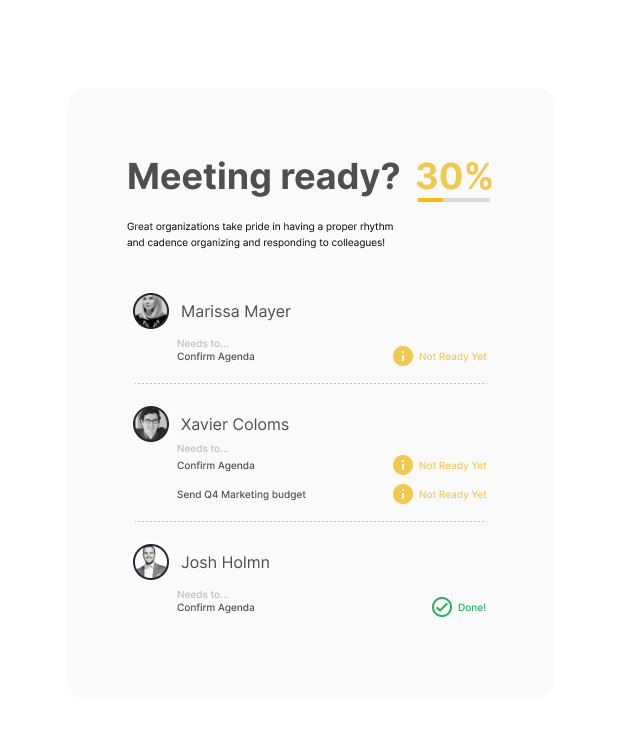
Having unstructured, wild meetings is a choice
To be honest, it is still rough around the edges and only the key features work. But hey, launch fast, get feedback quickly and iterate your way until it is something people love.
Check it out, sign up or ping me to get access and I’ll send an invite. If you have meetings back to back on a daily basis and you are up for a quick chat about your problems I’s be SUPER grateful if you let me know.

P.s: something I decided to add last minute. You get stats on how you distribute your time, how much time you spend on meetings, and how much that costs. You can track if your time spent in meetings goes down over time with better-organized meetings.
